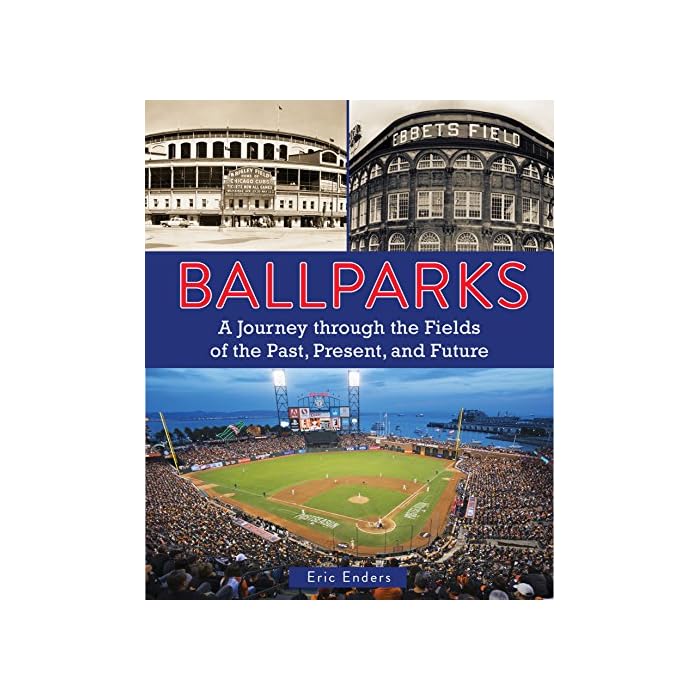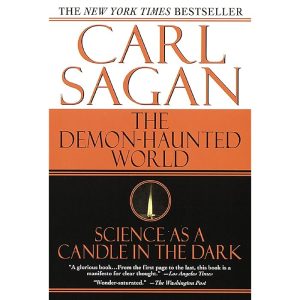Description
**”Ballparks: A Journey Through the Fields of the Past, Present, and Future”**
The story of ballparks is a rich narrative woven into the fabric of baseball’s history, evolving alongside the sport itself. Ballparks have been more than just venues for games; they’ve served as cultural landmarks, places of community, and symbols of a nation’s love for the game. From the iconic fields of the past to modern stadiums and visions for the future, these ballparks tell the tale of how the game, its fans, and the surrounding cities have changed over time.
### **The Past: Iconic Fields of Yesterday**
The early days of baseball were marked by makeshift fields and rudimentary stadiums, but as the sport grew, so did the need for purpose-built venues. The late 19th and early 20th centuries saw the creation of legendary ballparks that are still etched in the memories of fans:
– **Fenway Park (1912):** Home to the Boston Red Sox, Fenway is the oldest Major League Baseball stadium still in use. Its “Green Monster” left field wall is a beloved feature, and the park’s intimate, historical feel remains a hallmark of the baseball experience.
– **Wrigley Field (1914):** The Chicago Cubs’ home has long been a symbol of baseball’s golden age. Known for its ivy-covered outfield walls, Wrigley Field holds a special place in baseball lore. Its location in a vibrant neighborhood helps make it one of the most unique stadiums in the world.
– **Ebbets Field (1913-1960):** While no longer standing, Ebbets Field in Brooklyn, New York, is an iconic part of baseball history. Home to the Brooklyn Dodgers, the park was known for its intimate size and its eventual role in the integration of baseball, as Jackie Robinson broke the color barrier in 1947.
– **Yankee Stadium (1923-2008):** Known as “The House that Ruth Built,” the original Yankee Stadium became synonymous with the success of the New York Yankees and baseball’s storied past. Its massive dimensions and rich history made it a place where legends were made.
As the decades passed, these and other stadiums served as a canvas for stories of triumph, heartbreak, and community. They brought people together for summer afternoons, shared meals at concession stands, and created timeless memories that have lasted well beyond their years.
### **The Present: Modern Marvels**
The modern era has seen an explosion of ballparks that prioritize fan experience, amenities, and cutting-edge design. These stadiums are engineered with the latest technology, luxury, and accessibility in mind, while still trying to maintain the spirit of baseball.
– **AT&T Park (San Francisco, 2000):** Now known as Oracle Park, this stadium is a standout for its stunning views of the San Francisco Bay. With its outfield wall just a few steps from the water, and features like a giant Coca-Cola bottle slide, Oracle Park exemplifies how baseball can embrace modern technology while staying grounded in tradition.
– **Minute Maid Park (Houston, 2000):** Known for its retractable roof, Minute Maid Park represents the shift toward climate-controlled stadiums. Located in the heart of Houston, the park blends history with modern features like the “train” that runs along the outfield wall, paying homage to the city’s railroad roots.
– **Citizens Bank Park (Philadelphia, 2004):** Home to the Phillies, Citizens Bank Park is part of the “retro” wave of stadiums that draw inspiration from the old ballparks of the past but are equipped with state-of-the-art amenities, including comfortable seating, expansive concourses, and interactive fan zones.
These modern ballparks provide an enhanced game-day experience with luxury suites, innovative food offerings, and ample space for socializing. The integration of technology has reshaped the fan experience, with high-definition video boards, instant replays, and fan engagement apps. Despite these modern conveniences, many of these ballparks maintain the timeless connection to the game’s rich history, honoring past generations while looking toward the future.
### **The Future: Ballparks of Tomorrow**
As technology advances and urban landscapes evolve, ballparks will continue to transform. The future promises even more interactive experiences, sustainability, and adaptability to changing climates and fan expectations.
– **Smart Stadiums:** Future ballparks will be increasingly connected, allowing fans to interact with the game in real-time through their smartphones. From ordering food to checking live statistics, augmented reality experiences may become part of the game day tradition. Fans might use wearable technology to enhance their experience, with personalized content and stats delivered directly to them.
– **Sustainability:** With climate change at the forefront of global issues, sustainability is likely to play a large role in future ballparks. Many new stadiums are being designed with environmentally friendly materials and energy-efficient systems. Green roofs, rainwater collection, and solar panels may become common features in future ballparks, aiming to minimize their environmental footprint.
– **Flexible Stadiums:** Future stadiums could be designed to host more than just baseball. With changing demands and evolving sports culture, some ballparks may transform into venues for soccer, concerts, or esports tournaments. Retractable seating, modular components, and movable walls will allow for flexible configurations, increasing the utility of the venue beyond baseball season.
– **Fan-Centric Design:** The future of ballparks will focus heavily on the fan experience, with more focus on creating community spaces both inside and outside the stadium. Public plazas, easy access to surrounding attractions, and a more integrated approach with the local cityscape will help create a seamless experience for fans before and after the game.
### **Conclusion: The Evolving Legacy of Ballparks**
From the nostalgia of Fenway and Wrigley to the cutting-edge features of modern stadiums, ballparks are more than just buildings; they are a testament to the ever-evolving nature of baseball and the communities that support it. As the sport continues to grow, the future of ballparks will undoubtedly continue to reflect the spirit of the game—both honoring its storied past and embracing new technologies and innovations that keep the fan experience fresh and exciting.

























Reviews
There are no reviews yet.